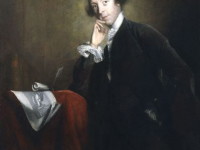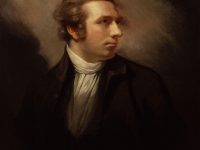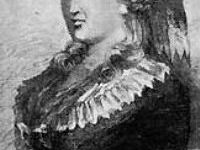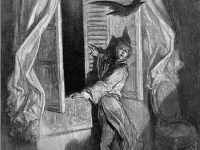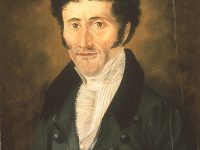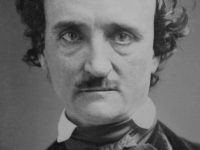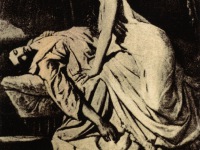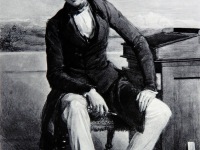Horace Walpole and the Rise of the Gothic Novel
On September 24, 1717, English art historian, man of letters, antiquarian, connoisseur, and collector as well as Whig politician Horatio Walpole, 4th Earl of Orford was born. Walpole built Strawberry Hill House in Twickenham, south-west London, reviving the Gothic style some decades before his Victorian successors. Moreover, he was famous in his day for his medieval horror tale The Castle of Otranto, which initiated the vogue for Gothic romances. He is remembered…
Read more

